Yezda Urfa | Interview | “Boris”
Yezda Urfa was a progressive rock band that emerged in the fall of 1973 and continued until the spring of 1981.
The band disbanded in 1981 following the departures of Brad Christoff and Marc Miller, with Mark Tippins and Phil Kimbrough realizing it was too challenging to continue as a duo. By then, the musical landscape had shifted dramatically, leaving progressive rock in a rapidly diminishing niche. But the story didn’t end there. Seven years later, Peter Stoller stumbled upon a copy of the band’s demo album ‘Boris,’ which had been traded into a record store where he worked. Intrigued by the album’s cover, Peter bought it, enjoyed the music, and decided to bring it to the attention of Greg Walker at Syn-Phonic Records. After some detective work—since Phil had moved and his contact info was outdated—Greg finally tracked him down. And thus, a rediscovery of Yezda Urfa began.
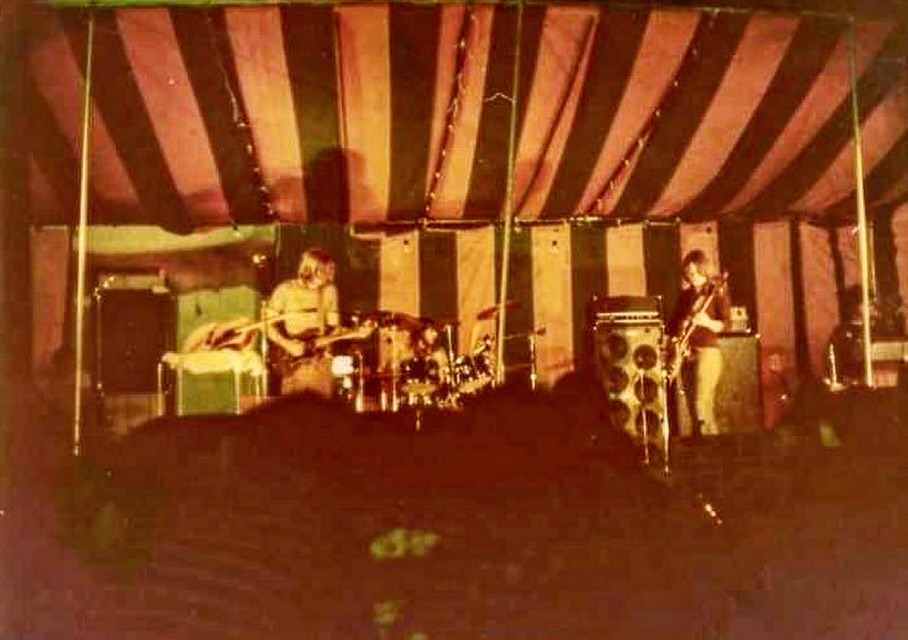
“Our influences were many and varied”
Where and when did you grow up? Was music a big part of your family life?
Marc Miller: I was born in Chicago, Illinois, in 1955, and my family moved to Northwest Indiana when I was five years old. Music was not a part of my family life as I was growing up. I think seeing the Beatles on TV really influenced me. I wanted to play guitar at a young age, but I can’t really explain why. It just seemed like a cool thing to do.
Mark Tippins: I was also born in Chicago in 1955. My dad had a master’s degree in music, and my mom was 15 credit hours short of a bachelor’s in music. I played guitar and sang in church. Both my parents were music teachers and played piano. The family had a baby grand.
When did you begin playing music? What was your first instrument?
Marc Miller: I began playing guitar in Junior High School when I was about twelve years old. I asked my father to buy me a guitar, and he eventually gave in and paid for a cheap electric guitar, but no amplifier. Since it was a hollow-body guitar, I could hear it fairly well as I played. I had two songbooks to learn from. I didn’t take lessons; I just fiddled around and figured things out. At the same time, I took up the cello at school and learned music theory from that experience. I also started getting together with a friend who played guitar, and we played from songbooks. But since cello music is written in the bass clef, I found myself reading the bass parts in the songbooks and often playing those parts on the guitar. That was the beginning of my journey to become a bass player.
Mark Tippins: I started playing guitar in 1963 on a Gibson LGO. At the time, I wanted to emulate a kid who was in my dad’s school choir. He played ‘The Lonely Goatherd’ on an electric guitar, which I thought was really cool. I was motivated to learn alternate bass notes up and down the neck.
What bands were you a member of prior to the formation of Yezda Urfa?
Marc Miller: I had been in only two bands prior to Yezda Urfa. The first band was formed during my freshman year in High School. My friend, whom I mentioned earlier, and I were interested in forming a band, and he knew two other guys who were also interested (they turned out to be Phil and Brad of Yezda Urfa). We were all very musically naive but eager, and we learned a lot in the short time we were together. We needed a bass player, and everyone looked at me since I could read bass clef and hadn’t had guitar lessons. So, I became a bass player. My friend and I decided to form a different band, and we auditioned a drummer who then told us about another band looking for a drummer and bass player, but they didn’t need another guitar player. I struggled with the decision to leave my friend and join this other band, but I ultimately decided to, and we were together for the remainder of High School.
Mark Tippins: I only remember a few: Othello, Time, KGT, and Underground Railroad. I played trumpet in a band from Hobart, IN. I also played in hard rock “sock hop” bands, bands with horn sections, non-percussion acoustic bands, acoustic bands with bass and drums, and a Hendrix tribute. This band had a guy who looked and played like Hendrix, except he didn’t know how to plug in or tune. I took care of these minor details and played rhythm guitar. The circuit to Yezda Urfa was through the acoustic band with drums and bass. Perhaps there was a slight animus against rock.
What was the first song you ever composed?
Marc Miller: The first song I ever composed was done just recently! It’s called ‘I Think I Must Be a Zombie.’ Back in the Yezda Urfa days, I didn’t contribute any music. I was “just the bass player.”
Mark Tippins: ‘Electric,’ ‘Shit Music Acoustic,’ ‘Norfolk Song.’
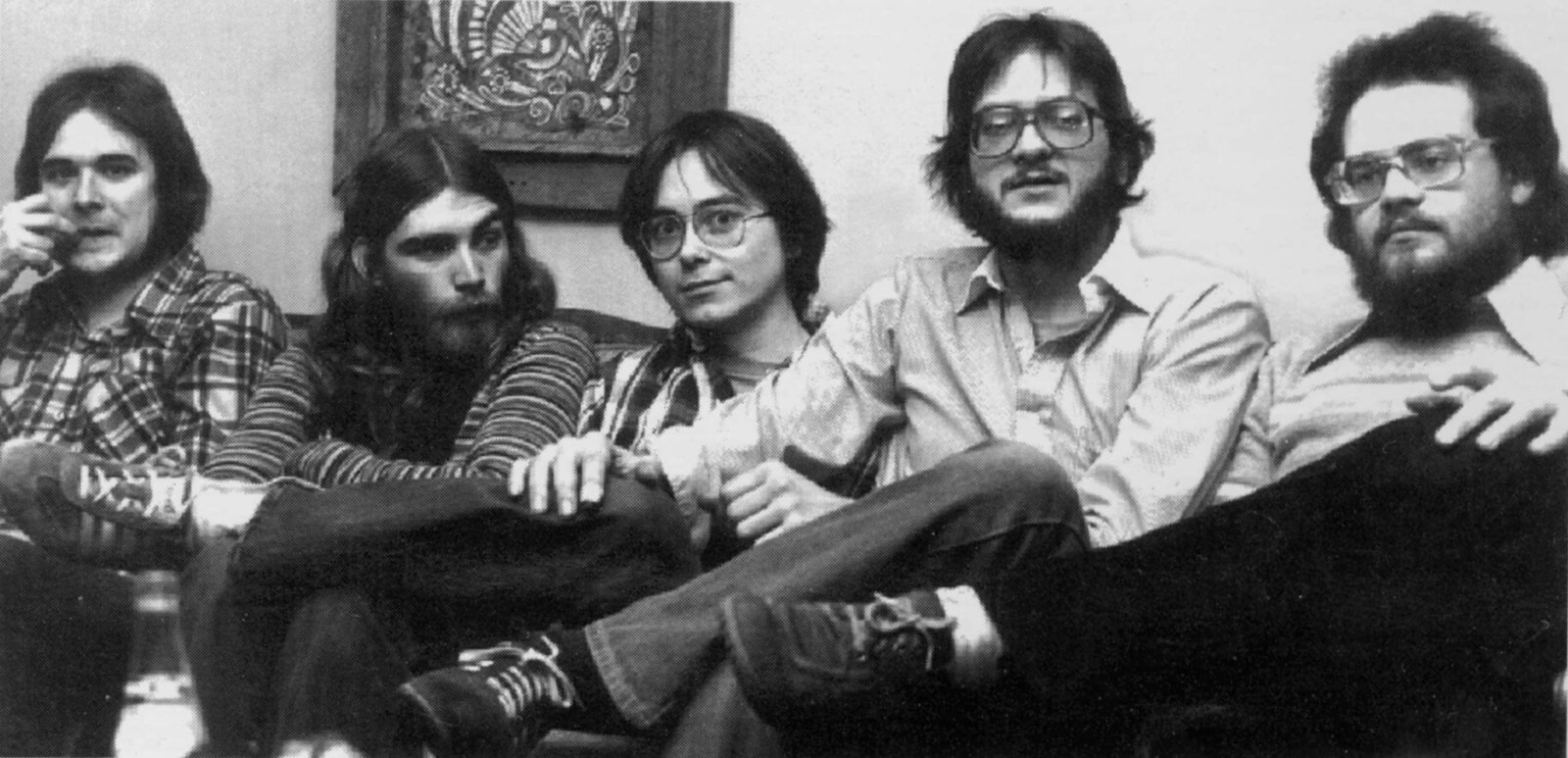
Can you elaborate on the formation of the band?
Marc Miller: It’s a fairly long story, but I will try to keep it short. Brad, Phil, and I formed a band when we were freshmen in high school. We went our separate ways after a short time. Phil and Brad eventually teamed up with Mark to form an acoustic folk band while still in high school. After we all graduated from high school (the same school, the same year), they wanted a new bass player, and they remembered that I played bass and called me. I auditioned and liked what they were doing, and we felt like we had something significant going musically, although it was still heavily folk/rock/jazz-influenced, and we maintained the acoustic guitar/mandolin/flute instrumentation. But the prog rock influence was beginning to strongly take hold, and we morphed to electric guitar, keyboards, and synths, and the music became more and more progressive.
When and where did Yezda Urfa play their first gig? Do you remember the first song the band played? How was the band accepted by the audience?
Marc Miller: Our first gig was one of our own making. We organized a music festival (Phil probably deserves most of the credit) called “A Night of Original Music” and coaxed several other local bands to participate. I don’t recall the first song we played. The setlist consisted largely of songs that had morphed from the previous incarnation of the band prior to my arrival. The audience had no idea who we were, and I don’t recall their reaction other than polite applause.
What sort of venues did Yezda Urfa play early on? Where were they located?
Marc Miller: We rarely played live. We concentrated on rehearsing and recording. When we did play live, the venues varied considerably. From the aforementioned self-produced gig to an outdoor festival in a Chicago suburb to a well-known Chicago bar and back to another self-produced local gig. We even had one road trip to Iowa to play at a college that a previous member of the band (pre-Yezda Urfa) was attending, and he arranged the gig. We had to rent a U-Haul and drive across Illinois. That was our only actual road experience.
Mark Tippins: I always thought of Yezda Urfa as being a studio band in the early days because that’s how we spent our time. The guys purchased an 80-8, made a mixing console, and bought mics. We were also recorded on a 4-channel recorder.
As far as playing, here’s what I remember: Valparaiso Armory (this may have been the first place we played), Luigi’s, a bar on Halsted in Chicago Heights (at least twice), a Student Union in a Chicago suburb, and an outdoor show at a shopping mall in another Chicago suburb. It looks like we mostly played in the Chicago area. We almost played at the Arie Crown, but something was amiss with the program. All I remember is “Raicy Racine” was introduced, and we were told to leave. We also played at a park in Portage with a different singer. There’s a picture of him in the SB information booklet.
How did you decide to use the name “Yezda Urfa”?
Marc Miller: It was the product of some youthful exuberance and possibly some mind-altering concoctions (though this I really doubt; we were quite capable of weirdness without external stimulation). As I recall, we were looking through some type of book (a dictionary or atlas, perhaps) and came across interesting names of places. We simply put two names together, and bingo, that was it!
Mark Tippins: I think maybe Bard Christ (Brad) and I happened upon the names randomly from a dictionary. Yezda derived from Yazd, Iran. Urfa or Erfa was a city in Turkey. I reckon we all liked it. A precursor to the wild days ahead for the Middle East. Who knows, our next album might have been called “Ella Oxboe.”
What influenced the band’s sound?
Marc Miller: Our influences were many and varied, but eventually, we were heavily influenced by the mainstream progressive bands of the era. Primarily Yes, Genesis, King Crimson, Gentle Giant, and Premiata Forneria Marconi.
Mark Tippins: Yes, Gentle Giant, King Crimson; Crosby, Stills and Nash, Zappa, Premiata Forneria Marconi, Spirit, Emerson, Lake & Palmer.
“Prog rock was certainly a niche segment.”
USA didn’t have many progressive rock bands at the time—Starcastle, Cathedral, Happy The Man, Mirthrandir, …
Marc Miller: Prog rock was certainly a niche segment. You could ask one hundred people who Yes is, and they would not know, but go to a Yes concert and the stadium would be full. The fans were there, but spread far and wide. It was very hard for us to find an audience with our limited exposure.
Mark Tippins: It cost a lot to be in a prog band because of the amount of instruments and ways to pick some of them up, e.g., mics.
Where did you press your debut? How many copies were pressed?
Marc Miller: The demo LP was pressed somewhere in Chicago. 300 copies were made. I have only one copy, and it is in bad shape. Had we known that this album would become a collector’s item, we would have stashed some away! But at the time, we only wanted to get them into people’s hands, particularly record companies.
What’s the story behind your debut album? Where did you record it? What kind of equipment did you use and who was the producer? How many hours did you spend in the studio?
Marc Miller: The debut album was simply a demo that we wanted to shop around to record companies. It was totally self-financed and therefore on an extremely tight budget. I have no recollection of the hours we spent, but I can guess that over three evenings, perhaps a total of ten hours. Why we did an entire album, I don’t recall, other than perhaps trying to look more impressive than a simple cassette tape of a few songs.
Mark Tippins: My recollection was as follows: recorded at Chicago Recording on Walton over a 3-day period. I’m pretty sure we dragged a set of tubular bells up to Studio B, possibly a marimba, and a cello. I would say that we were produced by “Phil Kimbrough and Yezda Urfa.”
I don’t know about the hours, but there was pressure not to mess up. I started off the session by being unable to play a classical piece by Bach that we wanted to put first. It made me feel like a blatherskite.
“It’s fairly eclectic music played with power-packed parts and youthful exuberance.”
Please share your recollections of the sessions. What were the influences and inspirations for the songs recorded?
Marc Miller: As I recall, the sessions were very tense as we didn’t have much time. But it was a thrill to be in a real recording studio. We were well-rehearsed, and I believe we did each track in single takes (evident by the noticeable mistakes that we couldn’t afford to fix). We also did lots of overdubbing, which probably took up most of the time, along with mixing.
Mark Tippins: It’s fairly eclectic music played with power-packed parts and youthful exuberance.

Would you share your insight on the album’s tracks?
‘Boris and His 3 Verses, Including Flow Guides Aren’t My Bag’
Marc Miller: I never had a clue who Boris was. “Flow guides aren’t my bag” is a term Brad once spoke or heard at his job as a millwright. He would have to elaborate as to what a flow guide is. Brad was our primary source of song titles, and he came up with some dandies. “Flow Guides” is one of my favorite pieces; very intense at times and rocks.
Mark Tippins: Not sure if this is one of our folk tunes that we added to. I would suggest that the song was written with the intent to clog the stave ways.
‘Texas Armadillo’
Marc Miller: Fun to play but a bit of an odd duck. Could be characterized as “banjo prog?”
Mark Tippins: Don’t really have much to talk about.
‘3, Almost 4, 6 Yea; and if You Don’t I’ll Carve Your Mouth Out’
Marc Miller: We had to work hard at getting the timing correct in the beginning section, counting “1,2,3,4,5,6,7,” “1,2,3,4,” “1,2,3,4,5,6,7,” “1,2,3,” “1,2,3,4,5,6,7.” Not easy to learn. But we often put ourselves through these time-signature gymnastics. A hallmark of prog rock. Someone would suggest putting three beats here and five beats there, and then we would have to piece it all together and remember how it goes!
Mark Tippins: I like this version on SB. It has lasted the test of time.
‘Tuta in the Moya & Tyreczimmage’
Marc Miller: As I recall, the title comes from Brad’s niece trying to say “two in the morning” or something to that effect. I have no idea where Tyreczimmage comes from other than Brad’s imagination.
Mark Tippins: I think I overplayed this one, but the middle part was better on SB.
Three Tons of Fresh Thyroid Glands’
Marc Miller: This piece was carried over from the acoustic version of the band before I joined. It was re-worked for the album with the addition of electric guitar and synthesizer. Listening to it now, I cringe at how naive my bass parts were.
Mark Tippins: Generated from the folk Urfa. Helped to establish the multi-part character of the tunes.
What about the cover artwork?
Marc Miller: The cover was done by one of our managers. I suppose the music inspired him in some fashion. I don’t know what the figure is supposed to be, but some people think he is ‘Boris’. The red and white color scheme was simply due to a limited budget. Two-color printing was much cheaper than adding more colors. I think the cover is quite memorable. I just never knew what it was supposed to be.
Mark Tippins: I will not judge the artists who designed the album. Not much point.
Were you inspired by psychoactive substances like LSD at the time of writing the album?
Marc Miller: No.
Mark Tippins: Not at the time of construction. We had developed a concept that really made it easy to write lyrics without having to trip. It was more random word searches.
How pleased was the band with the sound of the album? What, if anything, would you like to have been different from the finished product?
Marc Miller: I was pleased with the results, and I think the other guys were as well. It was well done considering the tiny budget, which meant it was a rush job; get in the studio and get out as quickly as possible. I recall setting up my bass amplifier in the studio and then the tech connected my bass to a direct box, bypassing the amplifier. I protested, saying I wanted the amplifier recorded to get my particular sound. The tech said he couldn’t do that because of bleeding into other microphones. What did I know!? This was our first time in a real recording studio. After a discussion, the tech put a microphone on the amp but also kept the direct box connected. I always believed that the mic was there to placate me but wasn’t actually connected to the mixing board! There were many small mistakes in the recording, which would normally be corrected in one fashion or another, but due to a tiny budget, we had to leave them as is. Rick was off-key in a few places, I fumbled a part (most people probably never noticed, but it was obvious to me), Brad stumbled through a drum roll, and Phil fat-fingered a couple of notes here and there. I think Mark was the only one who played cleanly through the entire recording. But overall, we were well-rehearsed and banged through all of the songs in single takes.
Mark Tippins: I was pleased because it was a giant step up from home recordings. There is nothing like a well-stocked, state-of-the-art analogue control room.
Did the band tour to support the LP?
Marc Miller: No. We had no record contract, no distribution, no audience, so there was no opportunity to tour.
Mark Tippins: I don’t think so.
Was there a certain concept behind the album?
Marc Miller: I don’t believe so. But since Mark was the primary songwriter, he might have something more to say on the subject.
Mark Tippins: I don’t think so.
Who is Boris?
Marc Miller: I have no idea who Boris is! Never did understand that one. It certainly came from the song ‘Boris and His Three Verses.’ But again, only Mr. Tippins could possibly describe the origin of Boris. Or perhaps it was another concoction of Brad’s imagination.
Mark Tippins: Not sure.
When were the ‘Sacred Baboon’ recordings recorded?
Marc Miller: ‘Sacred Baboon’ was recorded in 1976. We wanted to make another album that would be more polished and better reflect where we were musically at that point. The idea was to then sell the album wherever we could and hopefully catch the attention of a record company. We started the process at the same recording studio where we did Boris. But that studio was old, and its primary customers were TV and radio, not long-haired hippie freaks like Yezda Urfa. We felt like we were not getting the best treatment or even the best equipment (they were using a 16-track recorder, and we wanted a 24-track). I believe it was Phil who found a brand-new studio in a Chicago suburb with a 24-track machine and a young and eager owner. We had already recorded some tracks at the old studio, and rather than dump these, we wanted to bring them to the new studio. Phil told the old studio that Brad had died, and we wanted the tape for posterity because otherwise, the studio might have kept the tape since it was owned by them. They gave us their condolences, gave us the tape, and we took it to the new studio. But we had a problem. The tape was a 16-track, and the new machine was 24 tracks. So, the engineer loaded the tape onto the machine, and we had a misalignment of the tracks that caused some bleed-over between tracks. But we now had more tracks to work with, and since we liked to overdub lots of things, the 24 tracks were a real bonus despite the track misalignment. Had we been better funded, we surely would have just started over.
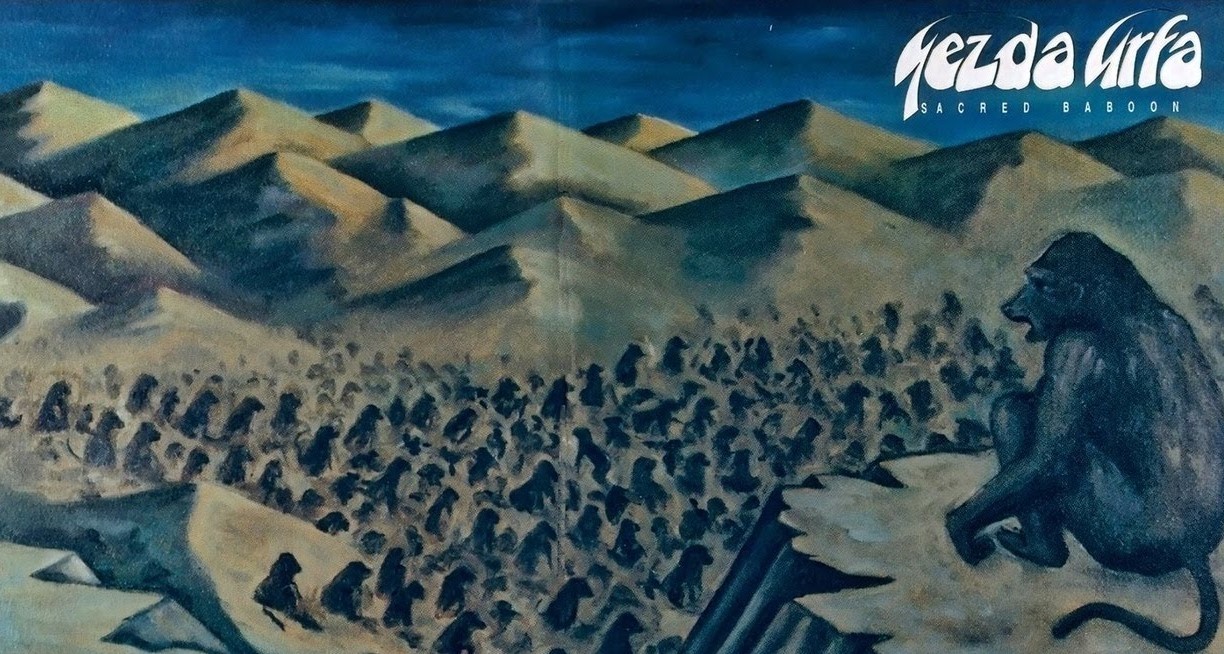
Mark Tippins: ‘Sacred Baboon’ was a very good album. It was not hurried, and I enjoyed the way we did it. We found a well-appointed studio up in Schaumburg. It was a bit of a drive, but we would rehearse and then go and record. I think we worked on it for a few months.
What happened after the band stopped? Were you still in touch with other members? Is any member still involved with the music?
Marc Miller: After the band stopped, we all went our separate ways; Brad went to Phoenix, AZ, Phil went to Los Angeles, CA, I went to Albuquerque, NM, Rick went to Florida, and Mark stayed put in Northwest Indiana. Some of us maintained contact, but not a lot. Then we agreed to get together for the NEARFest music festival in 2004, from which we released the Yezda Urfa Live album.
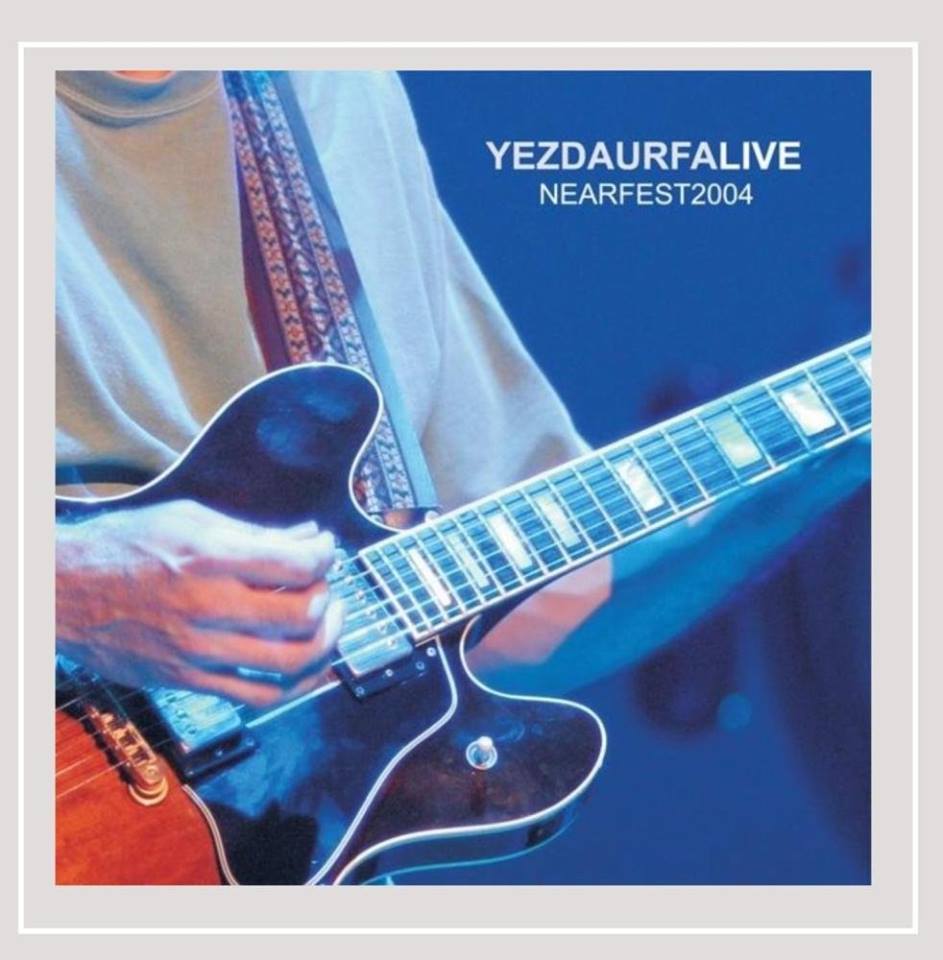
Mark Tippins: We recorded more music with a home studio. We had a manager who lived near Mohammed Ali. There is probably an album’s worth of material post-‘Sacred Baboon.’ The music was perhaps more organized and normal, but I enjoyed listening to and playing it. Phil and I went on to do another album in the late 70s/early 80s called Crafty Hands. Rick sang on it, so that album was 3/5 Yezda. I am looking to market the records given the current situation with vinyl.
Looking back, what was the highlight of your time in the band? Which songs are you most proud of? Where and when was your most memorable gig?
Marc Miller: The highlight of my time in the band was the recording of ‘Sacred Baboon.’ I am very proud of the album, and it was a great deal of fun to make. We had much more studio time due to having more money to spend (thanks to Brad, who was making some good money at the time), and we were in a great studio with an engineer who helped us a great deal. I can’t really identify particular songs that I am most proud of. I believe they are all great. I suppose I am most proud of my bass playing on ‘Give ‘Em Some Rawhide Chewies.’ The most memorable gig is definitely the NEARFest 2004 show. It was certainly a more recent memory than gigs from forty years ago, but it was also an honor to be asked to play and to play before a full house of prog fans.
Mark Tippins: I am proud of concurrent tunes like ‘LA,’ ‘Golems,’ ‘Hartley and Frien,’ and ‘Don’t Let Them Catch You Looking.’ My favorites are ‘3 Almost 4,’ ‘Cancer of the Band’ (prophetic), ‘My Doc Told Me I Have Doggyhead,’ and ‘The Basis of Dubenglaze.’ That song, I believe, was recorded in my basement on a 4-channel machine. Remarkable.
What are some of your favorite memories from the band and the 60s/70s in general?
Marc Miller: I was too young to really appreciate the 60s. I didn’t start high school until 1969. The Vietnam War was raging, but I didn’t understand or care much about it at that age. I remember the Woodstock music festival, but again, I was too young to attend. But I did see the movie and was very impressed by all the music and craziness. Everyone was growing long hair and wearing jeans with holes in them, and I followed along through high school. But Disco was taking hold in the 70s, and people started dressing up with shorter hair and long collars. I did not go along. Hippie types did not embrace Disco. I believe Disco seriously changed the music industry during the 70s, and progressive rock didn’t stand a chance, which did not help Yezda Urfa’s chances. I felt that we, members of Yezda Urfa, were born about five years too late.
Mark Tippins: I am too stupid to be able to operate a computer at a meaningful level. Those years, sans computers, were far less stressful. I am glad I was the age I was during those years.
What were some of your favorite bands?
Marc Miller: As I mentioned earlier, we were heavily into Yes, Genesis, Gentle Giant, King Crimson, Premiata Forneria Marconi, and probably a few others. But Yes and Gentle Giant were probably our favorites. We saw both bands live at one time or another.
Mark Tippins: Pat Metheny, Mr. Bungle, Sleepytime Gorilla Museum, Jethro Tull, Dwezil Zappa.
Is there any unreleased material?
Marc Miller: There are some unreleased recordings that we are keeping private because they are of poor quality or rehearsal recordings.
Mark Tippins: Approximately half a dozen tunes.
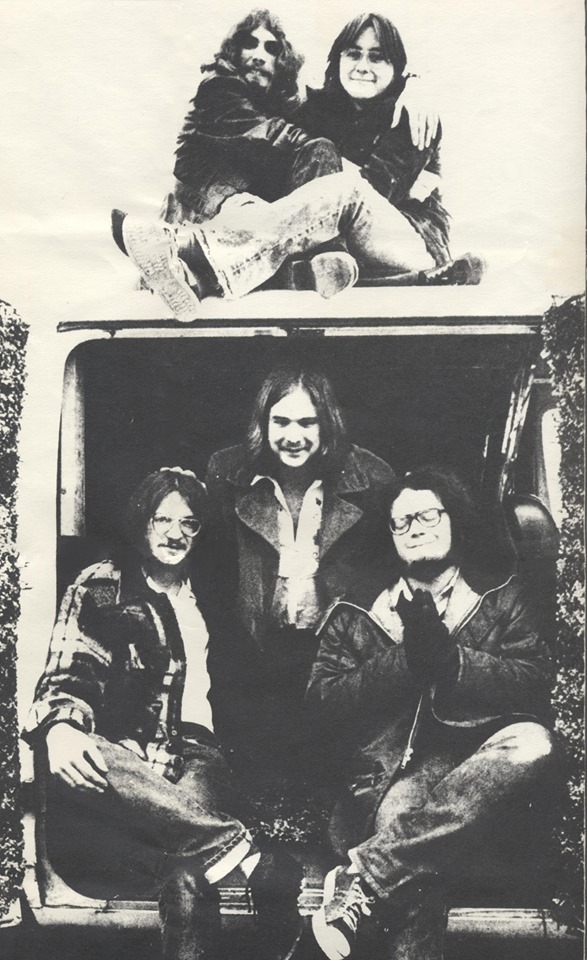
Let’s end this interview with some of your favorite albums. Have you found something new lately that you would like to recommend to our readers?
Marc Miller: My musical tastes have changed dramatically over the years, particularly in the last decade or so. While I still cherish the old prog bands of the day (Yes, Genesis, ELP, King Crimson, etc.), I have become a fan of jazz, such as Miles Davis, John Coltrane, and many others. I even count myself a Beatles fan now. I am now playing acoustic guitar both as a soloist and in ensembles, and I have discovered the beauty of singer/songwriters like John Prine, Steve Goodman, and Jorma Kaukonen. Forty years ago, I would not have been caught dead listening to these artists, let alone playing them. Times have changed. I don’t keep up with any current prog music, though.
Mark Tippins: I have a solo album called ‘A Collection of Creeks.’ So if we add this to the mix, there are quite a few tunes with which I have some affiliation.
Thank you for taking your time. The last word is yours.
Marc Miller: I would like to acknowledge the incredible talent of Mark Tippins. Both his guitar skills and his compositional skills. It is his creativity that made Yezda Urfa what it was.
Klemen Breznikar
Yezda Urda Facebook




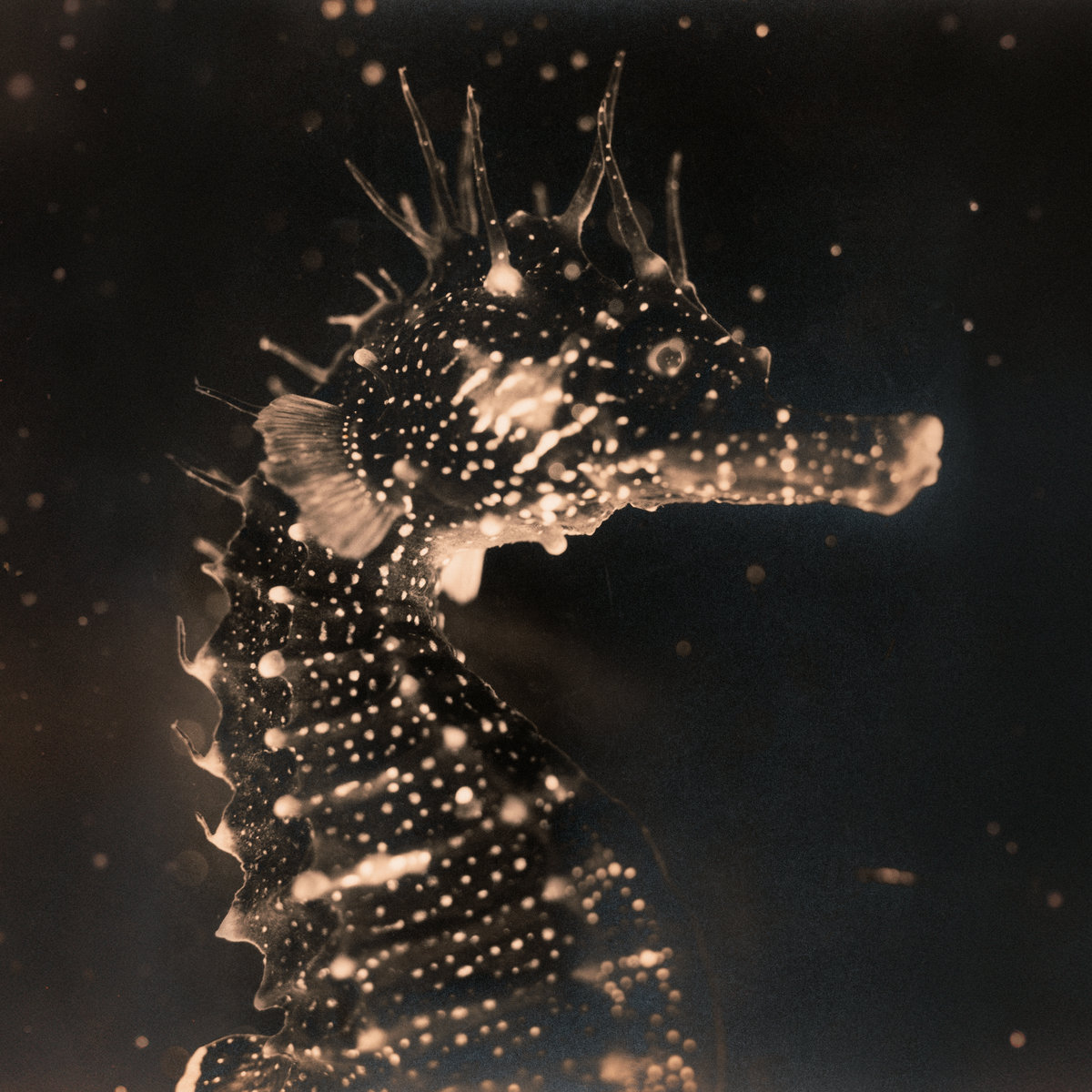
Brad Christoff was my step dad he just passed away on the 30th of November this year 2022! He will forever be missed! My deepest condolences, Klemen